Celebrating Grandparents and Elders
My Grandma and Me

Written by Mina Javaherbin, illustrated by Lindsey Yankey
Published by Candlewick Press, 2019
ISBN 978-0-7636-9494-4
Book Review
“When I was growing up in Iran, my grandma lived with us. I followed her everywhere. When she swept, I swept. When she cooked, I cooked. When she prayed, I prayed like her, too.” So begins Javaherbin’s graceful story about family and friendship. An autobiographical account of Javaherbin’s childhood memories in pre-Revolutionary Iran, My Grandma and Me offers readers a tender look at her relationship with her grandmother and the rituals of their everyday life together. The book begins in the morning, waking up for namaz, morning prayers, and the bread delivery. Every morning, the bread delivery boy places several loaves in Grandma’s basket, which gets hoisted up to the third floor of their apartment building. Bread and friendship are then shared over coffee with their best friends and neighbors across the hall, a Christian grandmother and her granddaughter. While the grandmothers knit, the girls play. Back home, imaginary play prevails as the protagonist uses her grandmother’s chadors to create a rocket ship and travel through space. Lindsey Yankey’s mixed media illustrations include images of Iranians in both traditional and Western clothing, and geometrical patterns of Islamic art in rugs and blankets in both apartments, on the walls of the protagonist’s mosque, and within the end pages of the book itself. Javaherbin and Yankey have provided young readers with a beautiful snapshot of a diverse urban community, deep familial connections, and friendships that transcend religious identity.
Our Favorite Day

Written and illustrated by Joowon Oh
Published by Candlewick Press, 2019
ISBN 978-1-5362-0357-8
Book Review
Each day, Papa follows the same routine. He wakes up and drinks his tea. Next, he waters his plants, cleans his house, gets dressed, and rides the bus into town, where he walks to his favorite restaurant and orders “the usual” for lunch: dumplings! But Thursdays are different. One Thursday, he stops at the craft store and purchases a bag full of supplies. Instead of eating lunch out, he orders dumplings to go. Upon his return home, his granddaughter arrives to share his lunch and spend the day making art together. The beauty of Our Favorite Day is in the simplicity of the rituals and routines of togetherness. Papa leads a rich and independent life, and on Thursdays, he and his granddaughter get to enjoy quiet time together, just the two of them. Oh’s watercolor, gouache, and cut paper illustrations offer a vibrant palette of cheerful autumn colors. At the end of the book, Papa’s granddaughter announces, “Thursdays are my favorite days.” Papa replies, “Mine too.” Young readers will find comfort in their closeness, and in the warmth of simple weekly routines.
ADVERTISEMENT
ADVERTISEMENT
Grades PreK-2
Teaching Ideas and Invitations
Grandparents and Elders Text Set. Read My Grandma and Me and My Favorite Day along with other books about grandparents and elders, such as Grandma’s Gift, Mama, Abuela, and Me, The Hello Goodbye Window, Sitti’s Secrets, Nana in the City, Wild Eggs: A Tale of Arctic Egg Collecting, Our Grandparents, All Around Us, A Morning with Grandpa, Drawn Together, A Day with Yayah, Don’t Call Me Grandma, Thank You, Omu!, Birdsong, The Matchbox Diary, Grandma’s Purse, and Last Stop on Market Street. Read all or some of these titles with your class over the course of a week or two. Make several anchor charts for students to keep track of their thinking about these books. What do these grandparents and elders have in common? How do they differ from one another? What do these elders and children do together? How are these activities similar and different from what your students do with the grandparents and elders in their lives?
Elder Visit and Class Book. Some of your students may live with their grandparents, like the protagonist of My Grandma and Me. Others may see a grandparent regularly, like the granddaughter in Our Favorite Day. Some may visit grandparents that live far away, and others may have no contact with their grandparents. Given these circumstances, invite grandparents to visit your classroom in person, via Skype, or via telephone, but also invite elders from your community. Ask each to bring in an object that reflects their interests or hobbies. Perhaps you can coordinate transportation of elders to the school through your city, town, or county senior citizen’s organization. Work with your class to develop a set of questions about the elders’ hobbies and interests. Match each elder with a pair of students, and record students interviewing the elders using tablets, phones, or laptops. Have your students create written and visual portraits of the elders that can be turned into a class book. Create a copy of the class book to share with the school and public library in your community.
Making Predictions. Both books invite the readers into the story through visual cues provided by the illustrator. Explore the cover image, end pages, and title pages of each book before reading. Have your students make predictions about what the visual cues in each tell them about the story. After reading each book aloud, have students compare and contrast their predictions with what really happened. Have students consider which predictions were accurate, which ones were not, and why.
Morning Rituals. Both My Grandma and Me and My Favorite Day start in the morning, and readers bear witness to both Grandma’s and Papa’s morning rituals. Have students compare and contrast the morning rituals of the two grandparents. What do they do that is similar? What do they do that is different? Next, have students act out their own morning rituals in small groups. What do they do first? Next? What’s the last thing they do before they leave for school? What’s the first thing they do once they get to school? Use this as an opportunity to have students write about their morning rituals using sequential words; have each student create an illustration to accompany their written piece.
Peeking into Homes: Visual Literacy. After reading aloud each book, ask your students to describe Papa and Grandma. What are they like? What do they like to do? Next, have students look more closely at the illustrations in each text. What do Papa’s and Grandma’s home reveal about their interests, hobbies, and everyday rituals? What similarities and differences can the students draw between Papa, Grandma, and their own lives?
Family Invitation: Grown-Ups at Play. In both My Grandma and Me and My Favorite Day, readers see grandparents playing with their grandchildren. Grandma allows her granddaughter to climb upon her while in prayer, and she allows her chadors to be used to create a rocket ship. Papa works on crafts with his granddaughter, and at the end of the book they are flying the kite they have made. What are some of the ways your students play with the adults in their lives? How would they like to play with their grown-ups? Have students brainstorm ways to play with their parents, foster parents, grandparents, aunts, uncles, older siblings, cousins, and neighbors, and then create “play invitations” to bring home. After a week, have students share what they did for play. This could become another class or individual book, using My Grandma and Me and My Favorite Day as mentor texts.
Critical Literacy
My Grandma and Me and Sitti’s Secrets Duet. Read My Grandma and Me and Sitti’s Secrets aloud to your class. My Grandma and Me is set in Iran, and Sitti’s Secrets is set in America and a Palestinian village. Some of your students or their families may come from Iran or Palestine. Others may have family from other countries within the Middle East. Or, you may have students with little background knowledge about any Middle Eastern nations. Before reading, ask your students what they know or think they know about Iran and Palestine. How do they know it? Where did that information come from? After reading, have your students name what they have learned about each place. Next, have your students make a list of questions that they have about the people, places, routines, and food they see in the illustrations. To begin to answer some of those questions, bring in members of your community who can share information about their home countries, their Muslim faith, and their cultural traditions.
Further Explorations
Digital Resources
Mina Javaherbin’s Official Website
Lindsey Yankey’s Official Website
Books
Brantley-Newton, V. 2018. Grandma’s purse. Alfred Knopf.
Campbell, N. 2017. A day with Yayah. Ill. by J. Fleet. Crocodile Books.
Castillo, L. 2014. Nana in the city. Clarion Books.
De la Pena, M. 2014. Last stop on Market Street. Ill. by C. Robinson. G.P. Putnam’s and Sons.
Fleet, J. 2019. Birdsong. Greystone Kids.
Fleishman, P. 2013. The matchbox diary. Ill. by B. Ibatoulline. Candlewick Press.
Global Fund for Children. 2010. Our grandparents. Charlesbridge Publishers.
Gonzalez, X. 2017. All around us. Ill. by A. Garcia. Cinco Puntos Press.
Juster, N. 2005. The hello goodbye window. Ill. by C. Raschka. Hyperion.
Lê, Minh. 2018. Drawn together. Ill. by D. Santat. Disney-Hyperion.
Liu, S. 2016. A morning with Grandpa. Ill. by C. Forshay. Lee and Low Books.
Medina, M. 2015. Mama, Abuela, and me. Ill. by A. Dominquez. Candlewick.
Napayok-Short, S. 2015. Wild eggs: A tale of Arctic egg collecting. Ill. by J. Wright. Inhabit Media.
Mora, O. 2018. Thank you, Omu! Little Brown and Company.
Nelson, V.M. 2016. Don’t call me Grandma. Ill. by E. Zunon. Carolrhoda Books.
Nye, N.S. 1994. Sitti’s secrets. Ill. by N. Carpenter. Simon and Schuster Books for Young Readers.
Valasquez, E. 2010. Grandma’s gift. Bloomsbury.
Filed under: Announcements, Fiction, Fiction Picture Books
About Mary Ann Cappiello
Mary Ann is a professor of language and literacy at Lesley University. A former public school language arts and humanities teacher, she is a passionate advocate for and commentator on children’s books. Mary Ann is the co-author of Teaching with Text Sets (2013) and Teaching to Complexity (2015) and Text Sets in Action: Pathways Through Content Area Literacy (Stenhouse, 2021). She has been a guest on public radio and a consultant to public television. From 2015-2018, Mary Ann was a member of the National Council of Teachers of English's Orbis Pictus Award for Outstanding Nonfiction (K-8) Committee, serving two years as chair.
ADVERTISEMENT
ADVERTISEMENT
SLJ Blog Network
Zachariah OHora on PBS
Cover Reveal and Q&A: Dusti Bowling’s Latest – The Beat I Drum (Apr 2025)
Girlmode | Review
The Seven Bills That Will Safeguard the Future of School Librarianship
Introducing: Heather Cox Richardson, putting the past and present together in context
Gayle Forman Visits The Yarn!
ADVERTISEMENT



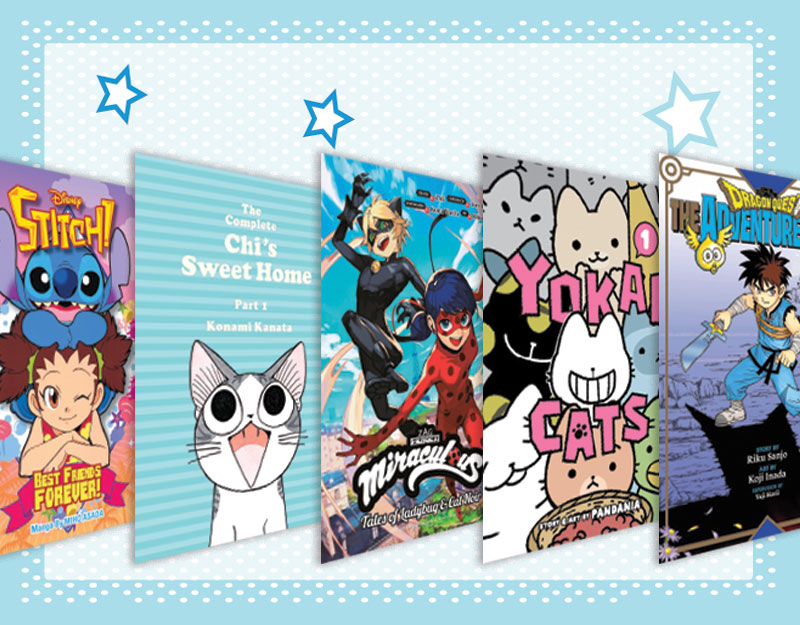
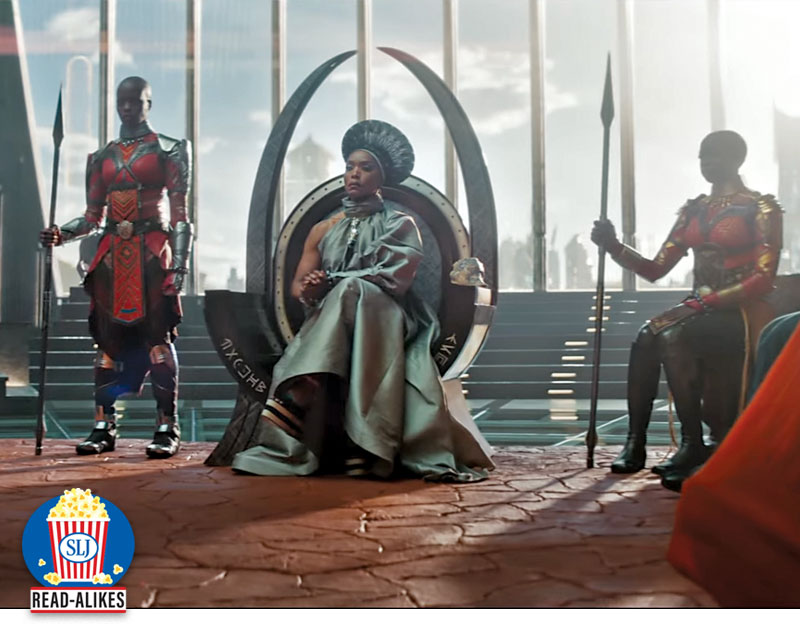
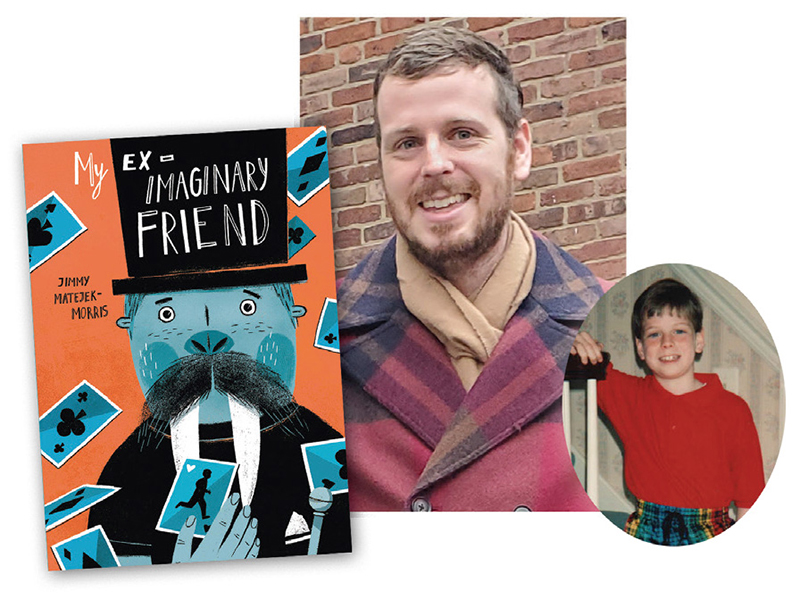
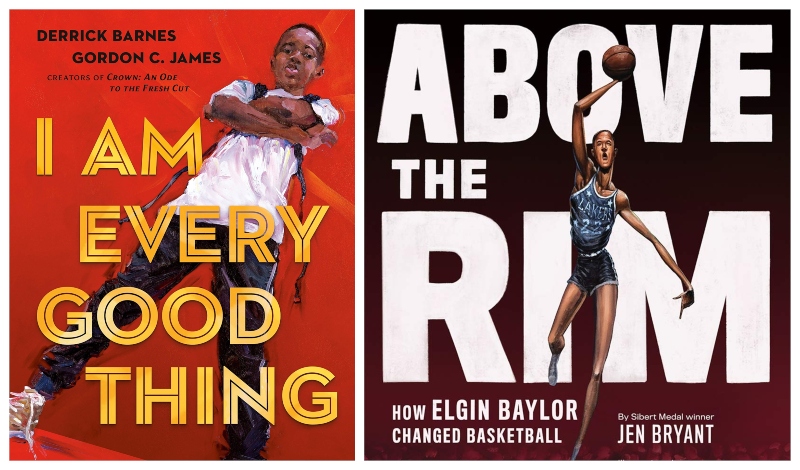
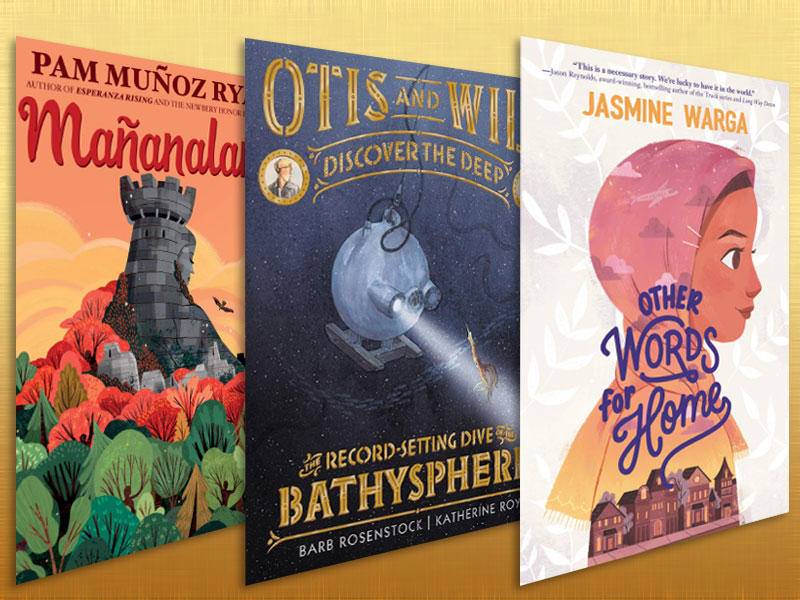
Beautiful books about grandparents are always welcome. One point: your review refers to the diversity of the community in My Grandma and Me, including Christian neighbors of the Muslim family. Your readers might not be aware that Persia had historically one of the oldest Jewish communities in the world. While many left under the Shah preceding the Islamic revolution, the mass exodus only occurred after that revolution made them even more threatened. Once again, Jews are absent from children’s books unless we are specifically the subject of the book, and then there seems to be an assumption that those books are principally for a Jewish audience.
Thanks for sharing this important information about the history of Jews in Persia. This is great example of critical literacy in action. Without that background information, I didn’t look for Jews in the text, and considered only the Muslim and Christian religions specifically within the text. For this particular entry, I focus on teaching ideas for the primary grades. But with upper elementary and middle school students, it would be interesting to read a range of picture books and consider which religious communities are present in the cities and places in which the books are set, but not present in world of the books themselves. Thank you, Emily, for offering your insight.